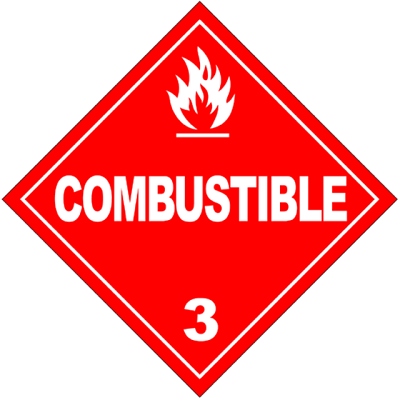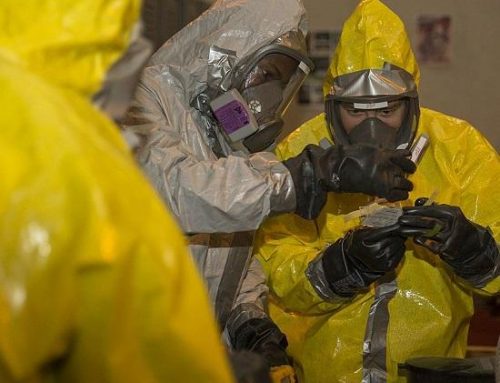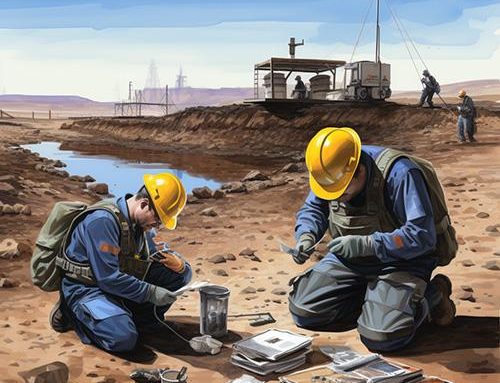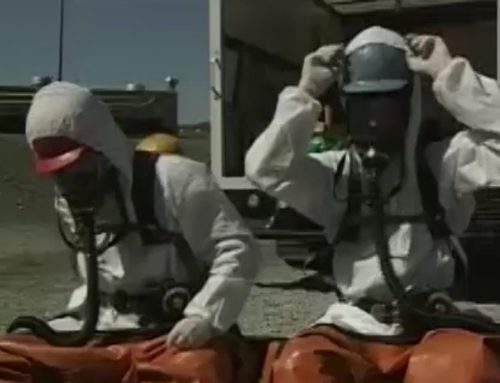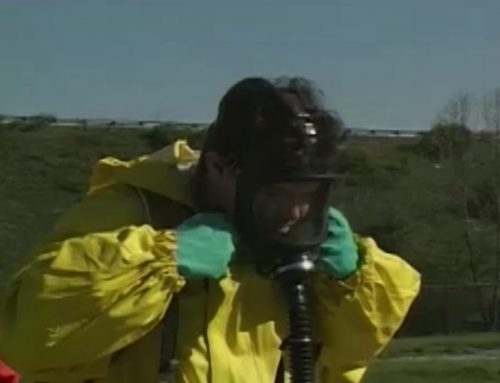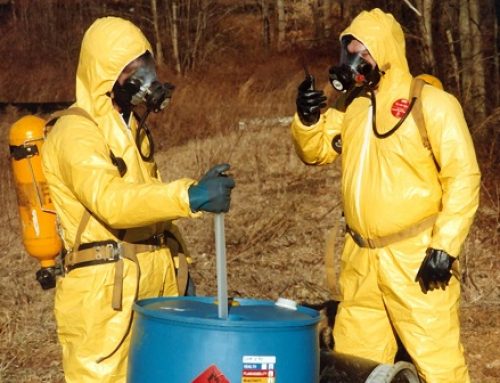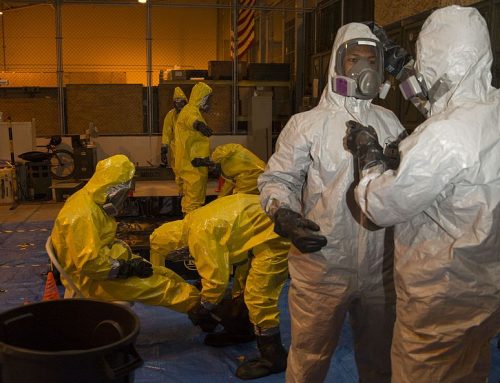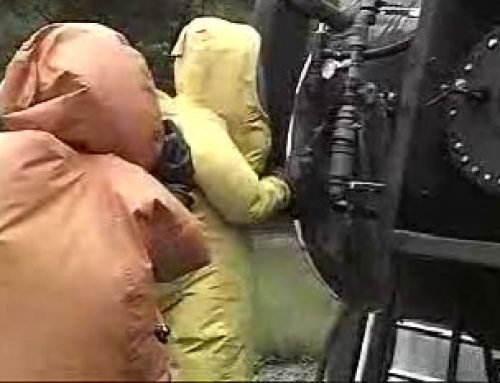The DOT defines a hazardous material as any material listed in the Hazardous Materials Table. That includes hazardous substances, hazardous wastes, marine pollutants, and elevated temperature materials in one package that equals or exceeds the reportable quantity (RQ). The RQ of a material is the minimum quantity, in pounds, that must be reported to the NRC and EPA in the event of a spill.
“Hazardous material” means a substance or material that has been determined by the Secretary of Transportation to be capable of posing an unreasonable risk to health, safety, and property when transported in commerce. The term includes hazardous substances, hazardous wastes, marine pollutants, and elevated temperature materials. These are materials designated as hazardous under the provisions of 49 CFR 172.101 and materials that meet the defining criteria for hazard classes and divisions in 49 CFR 173.
“Hazardous substance” for DOT means a material, including its mixtures and solutions that meet the following criteria:
- The material is listed in Appendix A to 49 CFR 172.101
- The material is in a quantity, in one package, that equals or exceeds the reportable quantity (RQ), that is the minimum quantity, in pounds, that must be reported to EPA in the event of a spill.
- The material when in a mixture or solution:
- For radionuclides, conforms to 49 CFR 172.101
- For other than radionuclides, is in a concentration by weight that equals or exceeds the concentration corresponding to the RAQ of the material.
DOT Exclusions
“Hazardous substance” does not include petroleum, including crude oil or any fraction thereof, which is not otherwise specifically listed or designated as a hazardous substance in Appendix A to 49 CFR 172.101 Further, “hazardous substance” does not include natural gas, natural gas liquids (propane, LPG, butane in lighters), liquefied natural gas (LNG), or synthetic gas usable for fuel (or mixtures of natural gas and synthetic gas).


